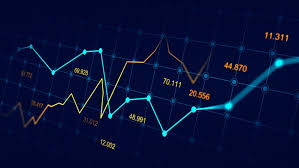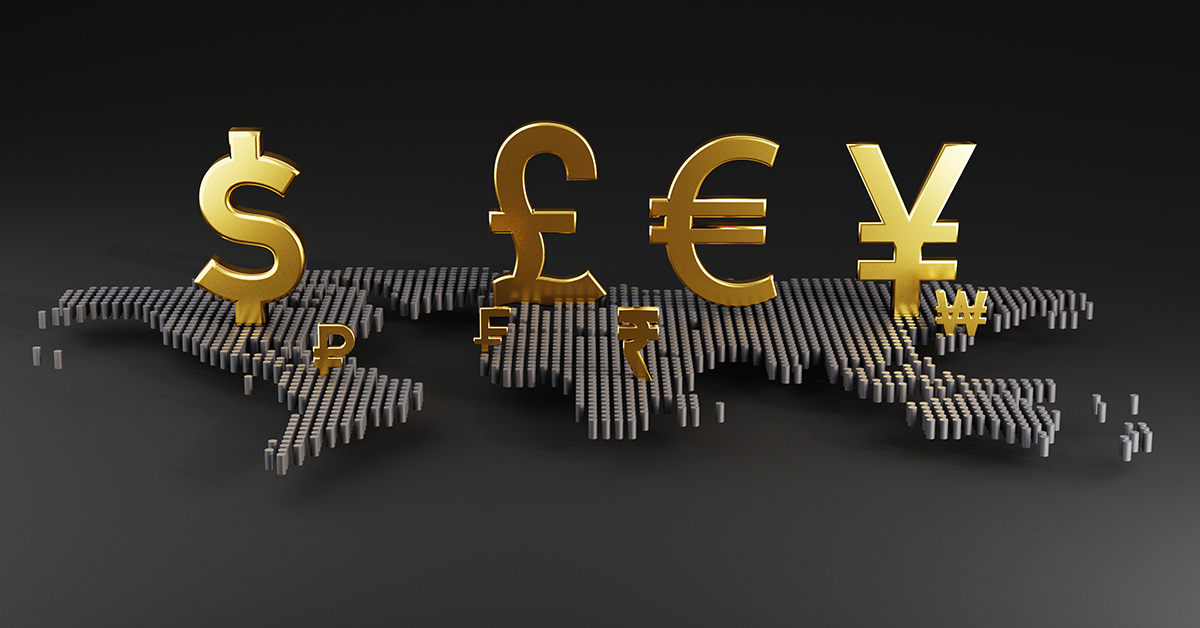
Automated trading in Forex has revolutionized how traders engage with the currency market. With advances in technology and algorithmic strategies, trading has become more efficient, allowing traders to capitalize on market opportunities without the need to monitor trades constantly. automated trading forex Online Trading CM provides traders with tools and resources, helping them navigate this fast-paced environment and make informed decisions.
Understanding Automated Trading
Automated trading refers to the use of computer algorithms to execute trades on behalf of the trader. These algorithms can analyze a multitude of market conditions and currency pair performance data, making decisions based on predefined criteria. The primary appeal of automated trading is its ability to react to market changes in real-time, which can significantly enhance trading efficiency and profitability.
How Automated Trading Works
At its core, automated trading relies on computer programs that tap into market data and execute trades based on specific rules set forth by the trader. For instance, a trader might set a parameter that triggers a buy order when a currency pair’s price dips below a certain threshold. These algorithms can execute trades much faster than human traders, uncovering opportunities that may arise only for brief moments.
Key Components of Automated Trading Systems

- Trading Algorithm: The core component of automated trading, the algorithm defines the rules and conditions under which trades will be executed. This can involve complex mathematical formulas or simple criteria based on technical indicators.
- Data Feed: Automated trading systems rely on real-time data to make informed decisions. This may include price feeds, economic indicators, and news releases that can affect currency values.
- Execution Platform: The platform is where trades are placed. A good execution system ensures that orders are filled at the best possible prices even in volatile markets.
- Risk Management Tools: Essential for any trading strategy, these tools help manage exposure and mitigate potential losses. Features might include stop-loss orders, trailing stops, and position sizing algorithms.
The Advantages of Automated Trading in Forex
Automated trading offers several advantages that can significantly improve a trader’s performance:

- Reduced Emotional Stress: Automated trading removes emotions from the trading process. Traders are less likely to make impulsive decisions based on fear or greed.
- Backtesting Capabilities: Traders can test their strategies on historical data, allowing them to refine their approach and increase the likelihood of success.
- Continuous Monitoring: Automated systems can monitor markets 24/5, allowing traders to capitalize on opportunities even when they are not actively watching.
- Increased Efficiency: The speed at which trades can be executed is crucial. Automated trading systems can analyze multiple markets and execute trades faster than any human trader.
Challenges of Automated Trading
Despite its benefits, automated trading is not without challenges:

- Technical Issues: Any dependency on technology can lead to failures. System crashes, connectivity issues, or bugs in the algorithm can result in missed trading opportunities or significant losses.
- Over-Optimization: Traders may over-optimize their systems based on historical data, leading to strategies that perform well in backtesting but fail in live trading conditions.
- Market Conditions: Automated systems can struggle during high volatility or low liquidity periods, where market dynamics change rapidly and unpredictably.
Best Practices for Automated Forex Trading
To maximize the effectiveness of automated trading, consider these best practices:
- Diversification: Avoid putting all your capital in one currency pair. Diversifying your trading portfolio can help mitigate risk.
- Regular Updates: Keep your trading algorithms updated with market conditions and trends to ensure their continued relevancy.
- Risk Management: Always employ sound risk management strategies, including stop-loss orders and position sizing to protect your capital.
- Educate Yourself: Continually learn about the Forex market, trading strategies, and advancements in technology that can improve your automated trading systems.
Conclusion
Automated trading in Forex opens up a world of possibilities for traders willing to embrace technology in their trading strategies. By understanding the mechanics of automated systems and adhering to best practices, traders can enhance their efficiency, capitalize on opportunities, and manage risk effectively. As the Forex market continues to evolve, staying abreast of the latest trends and tools will be essential for sustained success.
In summary, while automated trading presents its challenges, the potential for profits and efficiency is significant. Platforms like Online Trading CM offer invaluable resources for traders keen on mastering automated trading techniques, ensuring they remain competitive in this dynamic landscape.